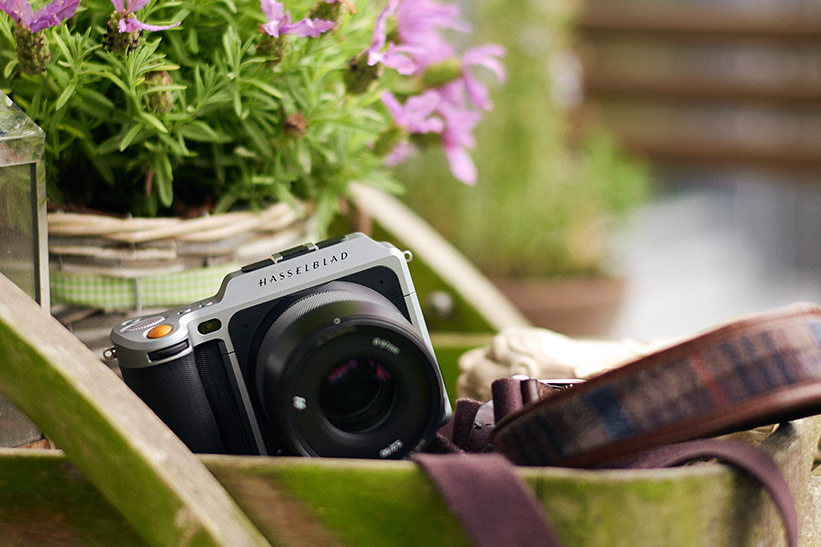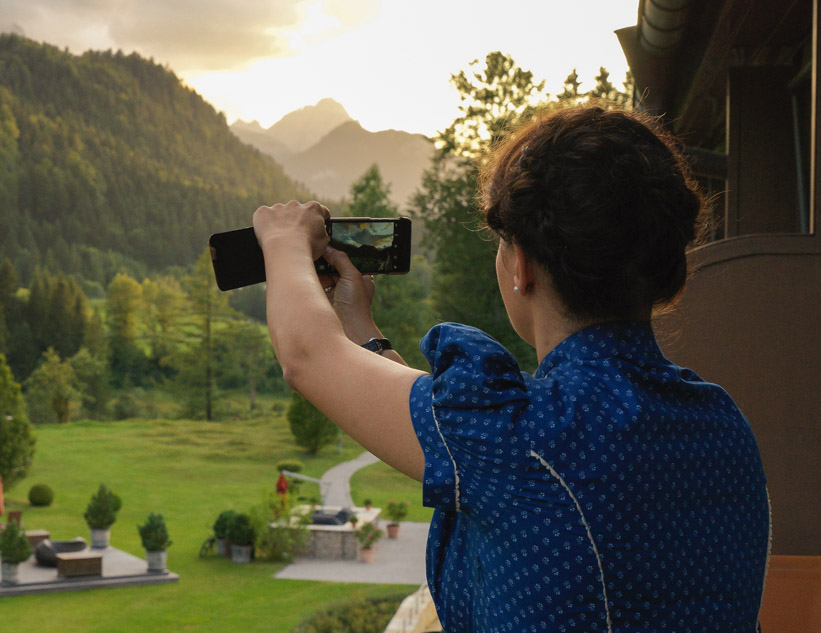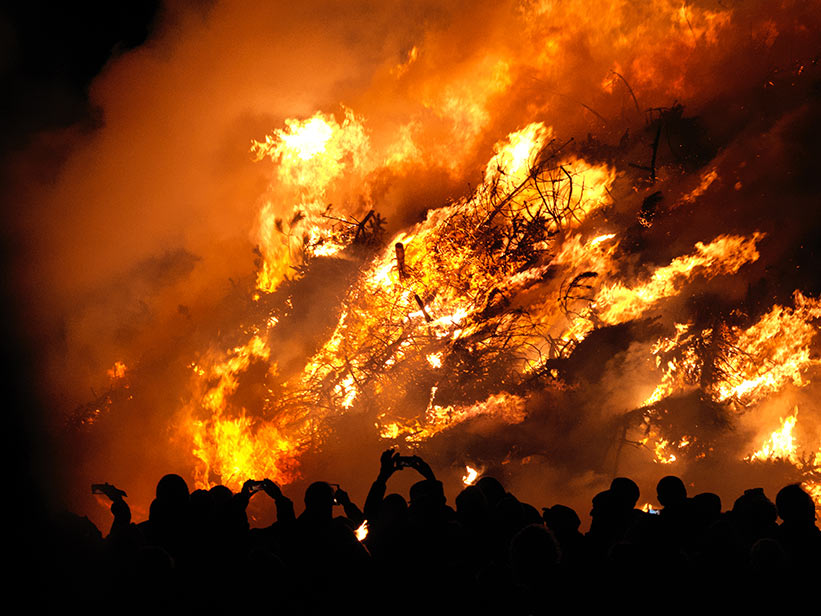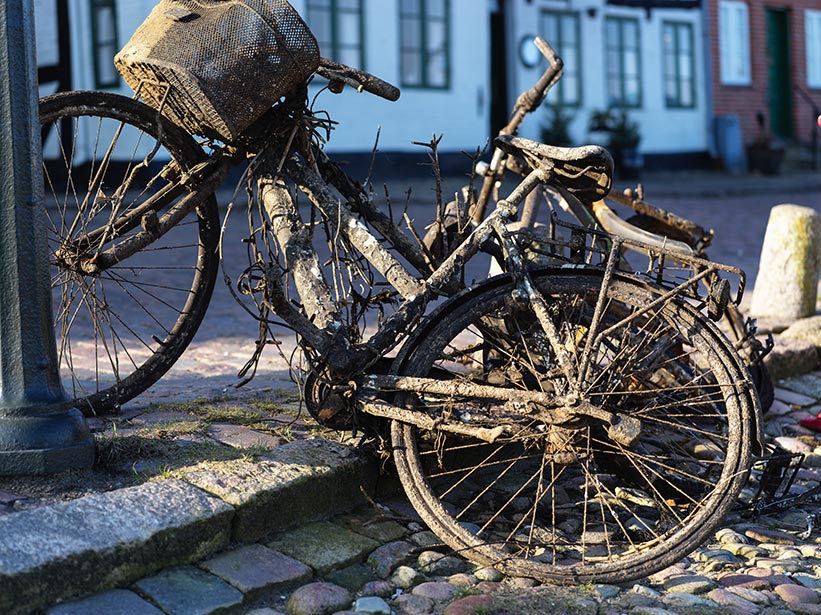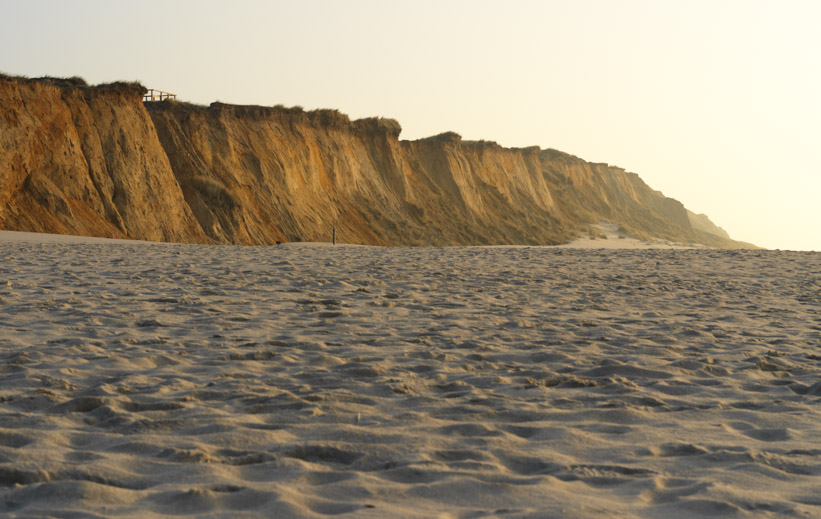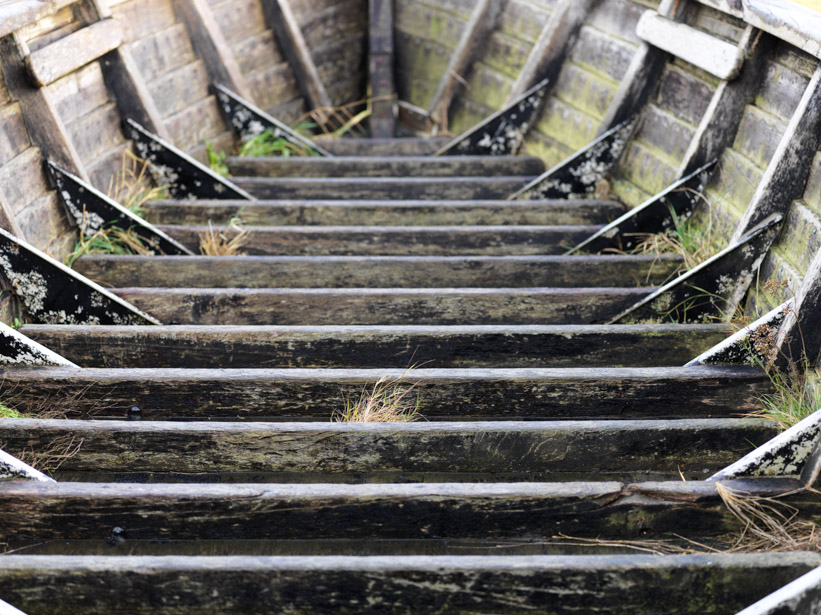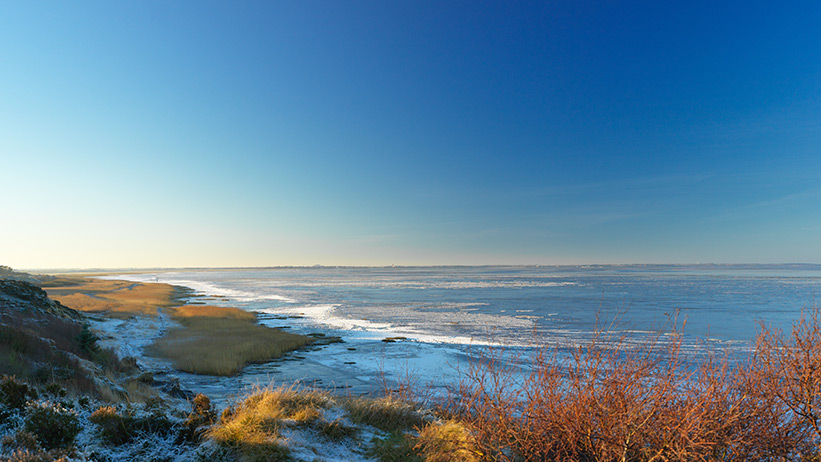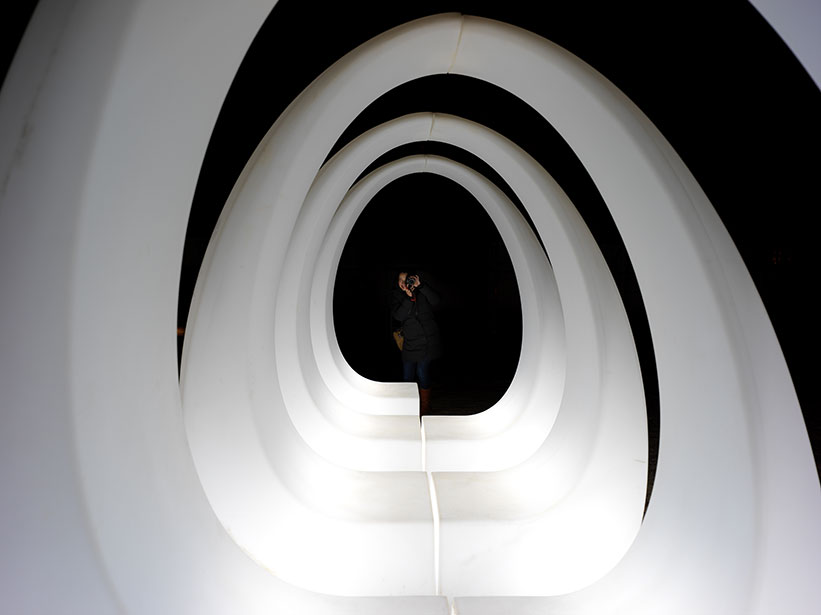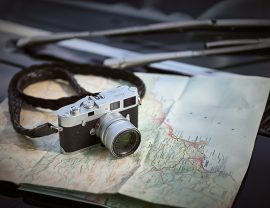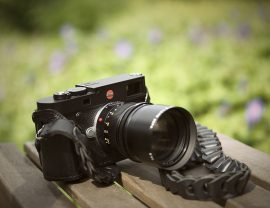Hasselblad X1D – 50c. More picture than (almost) anyone needs.
It was one of those endless, hot Swedish summer days on which it seemed our central star was attempting to make amends for the past dark winter months with a deluge of lustrous golden rays. Victor Hasselblad stood before two young Swedish ladies whose blonde hair shone against the light of this very sun and on whose skin he thought he could discern the heat of the day. These two, undoubtedly twins, gazed at him intently from light blue pairs of eyes whose crystalline purity made New Zealand’s Blue Lake, the world’s clearest lake, look like a backwater of the Ganges during Shivaratri. Victor mustered all his courage, desperation, and hope and formed the momentous sentence: “Say, cupcakes, would you like some nice pictures of you two?”
That moment, or perhaps a different one in the summer of 1941 was the birth of Victor Hasselblad’s medium-format camera, without which mankind may never have traveled to the moon, since nobody would have been able to take photos.
Hasselblad – medium format on the go.
Hasselblad is for the medium format what Leica is for the 35mm format, although Hasselblad didn’t invent the medium format. However, the Swedish 6×6 medium-format cameras are so legendary that nobody can think of that format without mentioning the company founded by Victor Hasselblad from Gothenburg.
The medium format has a larger monitor or a larger image sensor than the 35mm format. While the smaller-format 35mm films always have a width of 35mm (aha!) there are medium-format films up to a size of 89×56mm. Size matters, of course, provided that you know how to use it, e.g., for the resolution of an image. Digital so-called full-format (aka small-format) sensors have a size of 36×24mm, while medium-format sensors have 53.4×40mm. Simply put, more pixels fit on the sensor, or the pixels are larger, which increases light sensitivity and decreases noise. A medium-format sensor with 50 megapixels has better physical conditions for good image quality than a full-format (small-format) sensor with the same number of pixels—or an APS-C (22×15mm) or Micro Four Thirds (17×13mm) sensor.
Just remember, “bigger is better” – if you didn’t know that already.
Another special feature of medium-format cameras is their modular design. A camera system consists of the lens, the camera body, and the back. While this modularity makes the cameras large, heavy, and less than attractive, it has the advantage that, during the professional workflow, the assistant can already load another back with a new film while the photographer is still taking pictures. Once the film is full, the back can be replaced in seconds. Alternatively, an analog back can be replaced with a digital back or vice versa in the middle of a shoot, allowing the photographer to switch between analog and digital, or between color and black-and-white without having to wait, switch to a different camera, or change the configurations (lens, aperture, exposure time, etc.). And the list goes on.
If the electronics in medium-format cameras develop further, only the back part will have to be replaced instead of the entire camera body. I have yet to decide how relevant this is at prices of €20,000–40,000 for a back, but I will do so in due time.
Hasselblad – creativity outside the comfort zone.
After the great success of the Hasselblad (analog 6×6) V-series with its legendary lenses – built by Carl Zeiss, incidentally – Hasselblad, like Leica, missed the boat on the beginnings of digital photography. It wasn’t until 2002 that heretical ideas like autofocus, automatic exposure, digital backs, and other fashionable frills began to creep into the mindset and hardware of Victor Hasselblad’s heirs, who began to have their lenses built by Fujifilm starting with the H-series. Lacking in-house digital know-how, Hasselblad purchased its first digital backs from the Danish company Phase One, which has since developed into the only competitor (especially since Phase One took over a majority stake in Mamiya and Leaf). This all sounds very interesting, but it really isn’t.
Hasselblad likes to advertise the fact that the NASA missions to the moon had a (modified) Hasselblad 500 EL on board, and that all photographs on the moon were taken with Hasselblad cameras.
Since Omega sells the one and only “Moonwatch” with the Speedmaster, it is obvious which wristwatch the style-conscious analog medium-format photographer might wear with the Hasselblad 50x, although there is a long list of prominent photographers who have used the Hasselblad their entire life without an Omega Speedmaster on their wrist, including Ansel Adams, Anton Corbin, Richard Avedon, Helmut Newton, Irving Penn, and Annie Leibovitz. The only exception is Neil Armstrong. He looked pretty cool taking pictures, but—despite the common conspiracy theories—he actually was on the moon. Karl Lagerfeld takes his pictures with a Hasselblad and dresses with style but does not own an Omega Speedmaster and is otherwise also quite the goof. So it’s really not that easy to “take photos with style.” But that’s what you have me for – so keep reading, even if it’s hard.
Faced with economic problems, Hasselblad left no stone unturned to remain in business and has meanwhile been acquired by the Chinese drone manufacturer DJI. While its digital medium-format cameras boast success and good quality, the market for expensive, heavy, slow, and impractical medium-format cameras continues to shrink due to the faster innovation cycles in single-lens reflex cameras. The Swedes were apparently baffled as to why. It may have been because many applications that formerly could be handled exclusively with medium format are now performed more simply, quickly, and thus more cost-effectively by smaller, lighter, and thus more practical SLR cameras. But that’s just an idea.
Hasselblad camera – the innovation leader once again.
In the bright daylight of insight in the year 2016, Hasselblad surprisingly returned to the forefront of innovation in medium-format photography, right on time for its 75th anniversary. The Hasselblad X1D-50c was the world’s first mirrorless medium-format camera and unique in many respects. While Leica tries to stay as close as possible to the original 1954 Leica with its M models, Hasselblad broke with all conventions of the past decades and presented a fundamentally reimagined camera. After the official presentation of the camera, Hasselblad received more orders in a single month than had been forecast for the entire year. The small Swedish company with only a few hundred employees nearly collapsed under the weight of its success. Corresponding wait times for camera bodies, lenses, and accessories, along with quality problems in production have plagued the company, its retailers and, most importantly, its customers ever since. While Leica regularly raises the prices of its products, at Hasselblad they are deteriorating faster than tiramisu in the Australian summer sun.
Nevertheless, the success of the Hasselblad X1D-50c continues unbroken. According to DxOMark, »the referencee for Image quality«, the built-in sensor (by Sony), is the “best commercially-available medium-format sensor.” Ever! And only in the Hasselblad, not in the Fuji GFX50S, which uses the same sensor. The completely new XCD lenses tailored exclusively to these cameras are also among the best and are built by Nittoh in Japan.
Hasselblad X1D – it’s all so colorful.
The image quality of the Hasselblad X1D-50c is in fact breathtaking and better than anything I have ever seen from cameras! Hasselblad cameras have always been known for their colors, but seeing them live on one’s (regularly color-calibrated) monitor, with a direct comparison to the reality in which the picture was taken comes close to an awakening.
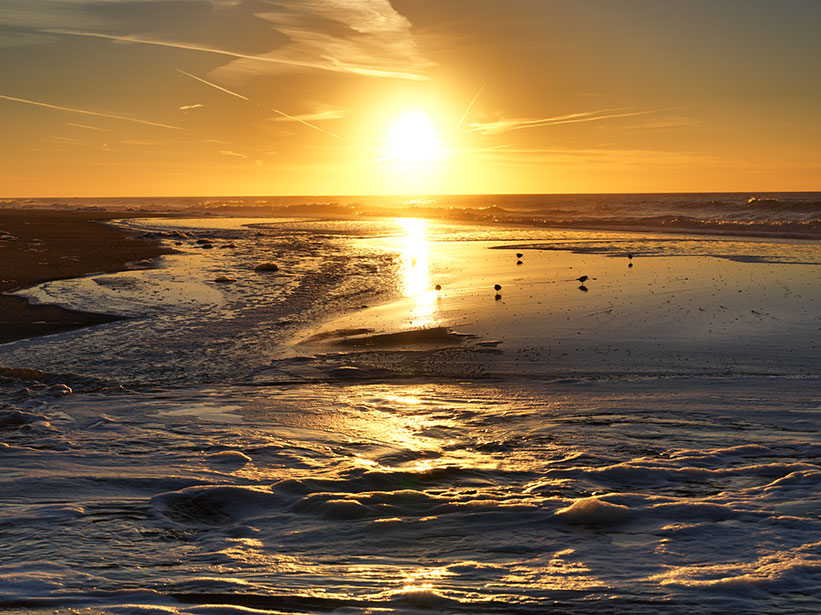
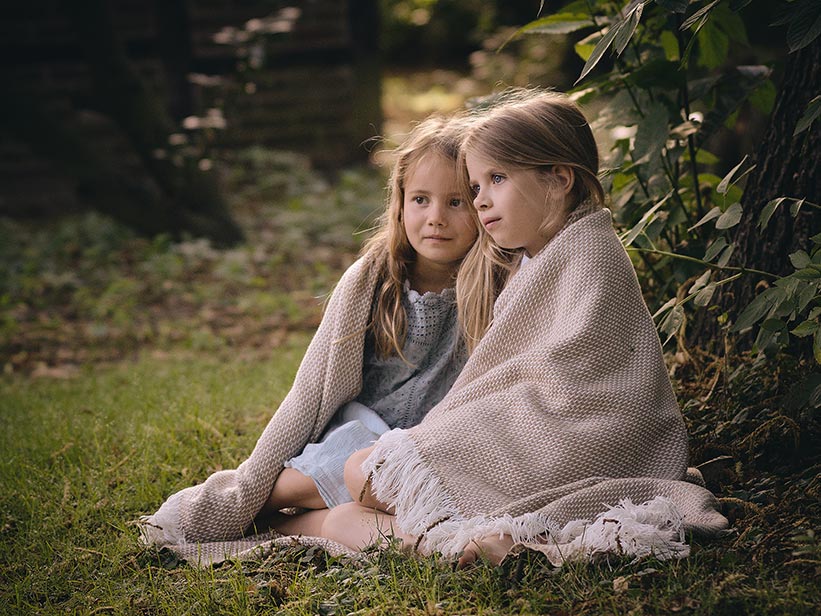
In this series, of which I hope you have already read the other two articles, image quality is understood as a technical characteristic, of course, not as an artistic judgment which, as we know, is inherently subject to a high level of subjectivity, which cannot be argued and is therefore uninteresting. My regards to the Google algorithm. This barb may only be amusing if you have read the articles “Travel Photography in Style” and “Leica M.” So let’s move on.
Putting together what belongs together.
Each Hasselblad camera is individually calibrated to the sensor installed in it. This calibration data is over one gigabyte in size and is loaded when the camera starts, which explains why it takes so long. In addition, the XCD lenses are matched with the camera so well that I was unable to get a better picture even with a Leica M lens mounted on the Hasselblad X1D using a Novoflex adapter. The Hasselblad’s own RAW converter, Phocus, is also optimized for Hasselblad cameras and takes into account image properties such as the aperture and focal plane to optimally apply all corrections. Although Phocus lags behind Lightroom and even Capture One in many respects, it is a professional RAW converter that gets more out of the Hasselblad files than others do. You would know how important that is if you had read the Leica M article – I’m just saying.
An X1D-50c RAW file has a size of 70–90 MB, by the way. If this quality is to be preserved and potentially exported into programs other than Phocus, the files even grow to more than 300 MB (16-bit TIFF, ProPhoto RGB). Fortunately, hard drives and memory cards cost less than a bottle of Dom Pérignon – and who stops at one bottle?
Hasselblad X1D – 50c – technical data.
- 50-megapixel CMOS (43.8×32.9mm)
- ISO range from 100 to 25,600
- RAW images have 16-bit resolution, 14 f-stops dynamic range!
- 1–2 frames per second
- Wi-Fi to connect to iOS devices
- 3” TFT touch display with 920K pixels
- Flash sync speed with XCD lenses: 1/2,000 seconds!
- Dual SD card slots
- Weight: approx. 725g
The camera is milled from one piece and sits incredibly well in the hand – better than a Leica M or a bottle of Astra beer. The body weights a meager 50 grams more than an M10, has a great touch screen, a good – if not outstanding – electronic viewfinder (EVF), and weather sealing that truly lives up to its name. In fact, the rubber seals are so tight that a new lens first has to be eased in because the camera will otherwise not make an electronic contact and will assume that there is no lens. We can only speculate as to whether this is a bug or a feature due to the many real flaws. We’ll get to those. What is also great is how they solved the battery compartment. If you unlock it and gently press the battery into the case with your finger, it drops out of the camera like empty cartridge cases from a Smith & Wesson .44 Magnum. Practice it at home a few times and you’ll look like Clint Eastwood in Dirty Harry on the beach promenade, and thus officially cool.
The ergonomics of the camera are at the current smartphone level. The key functions can be accessed physically by means of buttons and dials, while everything else can be found through the touch screen and swipe functions on the monitor and selectively displayed in the viewfinder. The menu has a manageable level of complexity, and while the number of functions grows with each firmware update, they are largely self-explanatory. In short, this massive and yet elegant-looking device is easy to operate and ready for outdoor use – provided that you have at least three batteries with you.

Growing pains of the Hasselblad X1D.
As a style-conscious and tech-savvy member of various gear acquisition syndrome self-help groups, I was one of the first people in Germany to hold a Hasselblad X1D-50c in my hands in November 2016. Only very briefly, admittedly, since it was a pre-series model that was practically unusable and found its way to me only by accident. A few weeks later, I then received the official production model, which was significantly less faulty but still not ready for the end customer. The internet is full of gripping reports of the problems with early X1Ds, and I myself had to struggle with countless crashes, missing or faulty functions, quickly discharging batteries, scroll wheels and shutter releases that no longer worked, lenses that were not recognized, and much more. In total, the camera was replaced once and repaired twice, once in Germany and once in Sweden – for a different reason in each case. Each firmware update, of which there were many, made the camera more reliable, added more functions, and made it a product that, as of June 2018, is not bullet-proof like other cameras, but in the vast majority of cases does what it was designed to do: take pictures. High tech has always matured with customers. Happy are those who are only just buying their Hasselblad X1D-50c today and are even paying less for it than I did a year and a half ago.
The X1D roams the warehouses of classic medium-format cameras remarkably successfully, and even more so among the high-end SLR cameras. Its big (SLR) sister Hasselblad H6D-50c, for instance, has the same sensor and image quality but is significantly larger and heavier, and cost three times as much as the mirrorless version when the X1D was launched. The availability of the X1D and the even cheaper Fuji GFX 50S subsequently led to a price erosion in classic medium-format cameras, which now have a resolution of 100 megapixels or more to set them apart from their little sisters. This, along with better customer service, upgrade options, trainings, and loan devices, justifies camera prices even beyond the €30,000 mark.
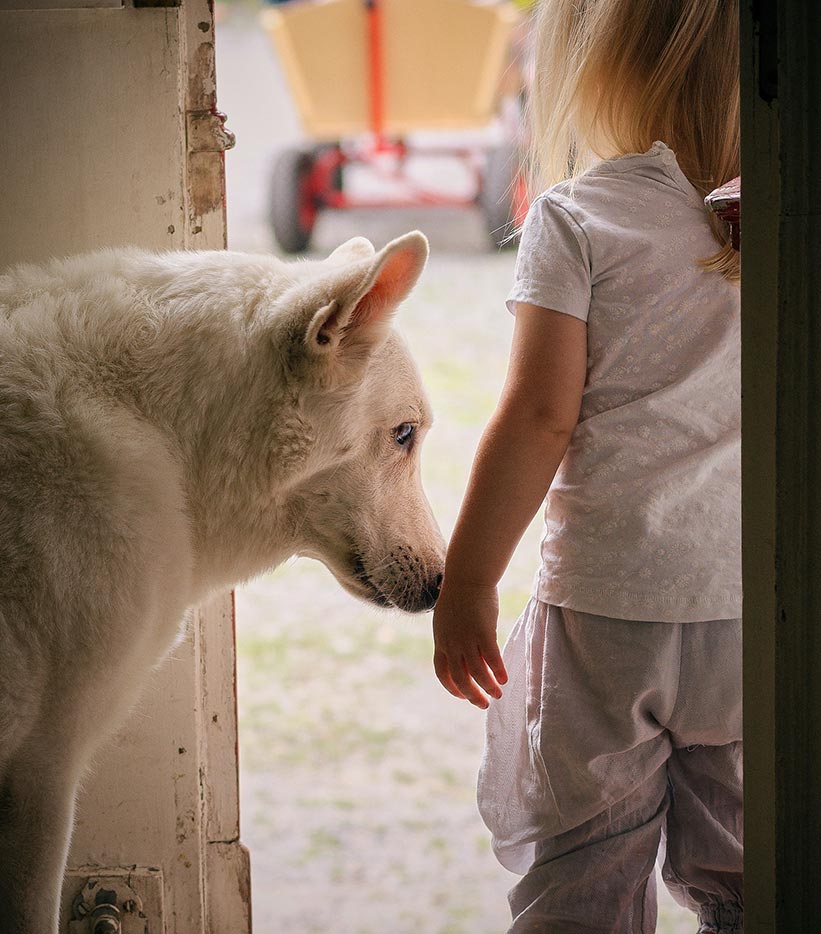
A photographing traveler or a traveling photographer?
The Hasselblad is a state-of-the-art camera with outstanding image quality, suitable for all types of weather, and comparably lightweight. The XCD lenses are excellent and not as heavy as they appear. Overall, the camera is a remarkable designer piece that will go down in the history of photography as the first mirrorless medium-format camera. If you like to take pictures when traveling without lugging around 15 kg of equipment and a tripod, if high resolution and realistic colors are more important to you than speed and subtlety, I can think of no other camera to date that would be a better fit for you than the Hasselblad X1D-50c. Those who spy you in the wild with such a camera – whether the silver production model or the black special edition 4116 created for Hasselblad’s 75th anniversary – will be looking at the symbiosis of technical expertise and uncompromising ambition, in the latter case also regarding the camera’s design. Otherwise, you could also have bought a Fuji GFX 50S.
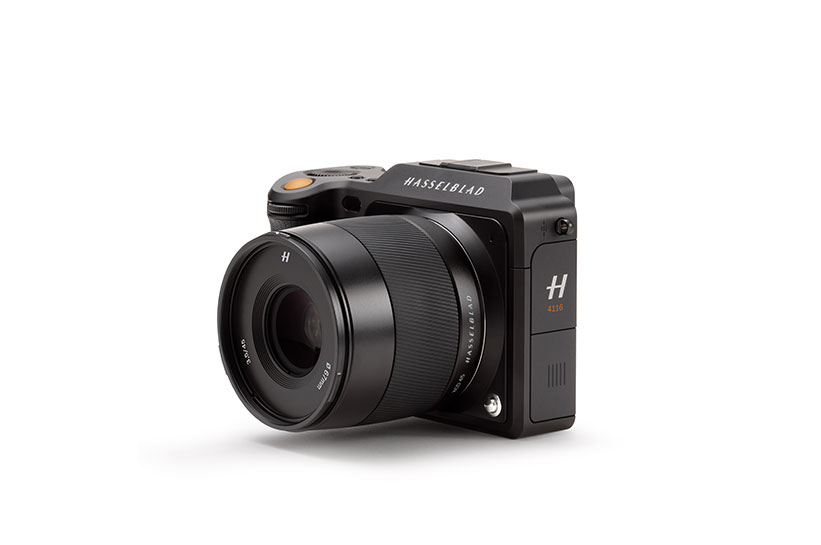
The Hasselblad X1D-50c and the Leica M10 are so different in their philosophy, design, ergonomics, application focus, image quality, and lens offerings that it is possible – and even sensible – to own both.
The Leica M is a camera for the heart and soul, the Hasselblad X1D-50c is one for the mind. Both have their own strengths, and yet I still ask myself before every trip which of the two will accompany me. The Hasselblad X1D will join me in Majorca in a few days, while I will certainly be taking the Leica M10 and MP and a few color films with me to Australia. Or perhaps the other way around? First World problems.
In terms of design, Hasselblad and Leica occupy different accessory worlds, which makes the question of style just a tiny bit more difficult. But please don’t give up – you can be helped.
Links (Blogs, Forum, etc.) über Hasselblad.
- A blog by the great Ming Thein, meanwhile „Chief of Strategy“ at Hasselblad.
- The international Hasselblad forum: http://www.hasselbladdigitalforum.com
- You can find a exhaustive Review zur Kamera here.
- Less exhaustive but from a different perspective: Hasselblad Review.
- The „Hasselblad Masters“should not be missing on any coffee table or dresser (connoisseurs own all issues).
- Hard to get your hands on and therefore a good catch „Hasselblad. Ich bin die Kamera.“
Other articles on Fratuschi by this guest author:
- American Express Centurion: Personal Experience Report
- Centurion Card: Myth and Reality
- Travel Photography in Style
- Leica M: The Essentials
- Camera accessories in style
About the author:
Audemar ended his modeling career far too early to take over as Chief Coordinator Writers Stuff. Or something like that… He is married to me but wants to remain anonymous and therefore writes under a pseudonym, which we won’t reveal…


